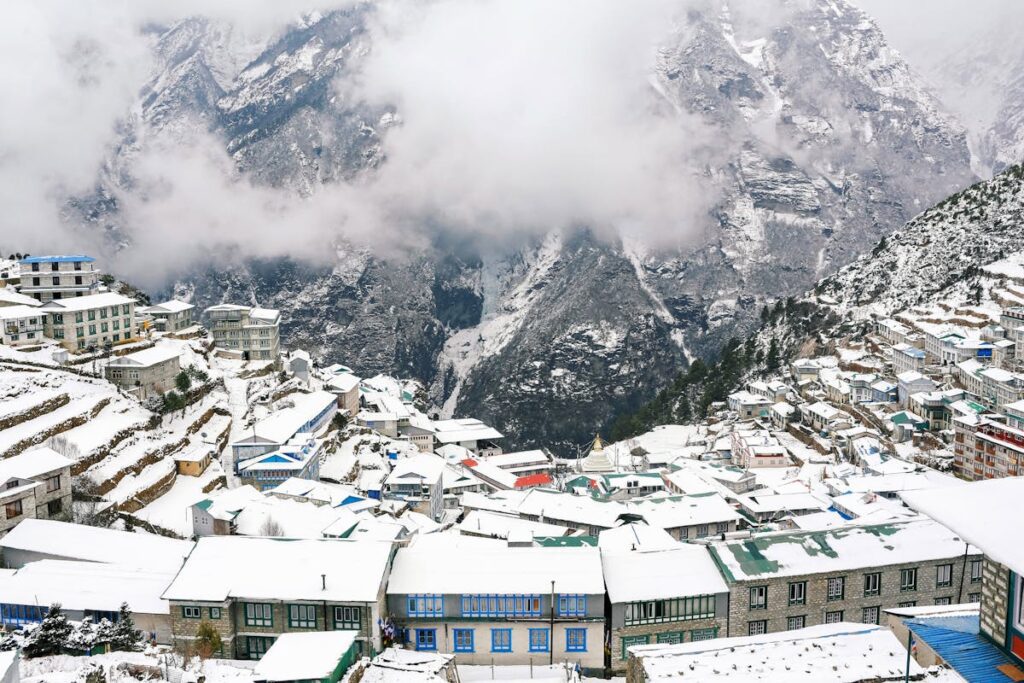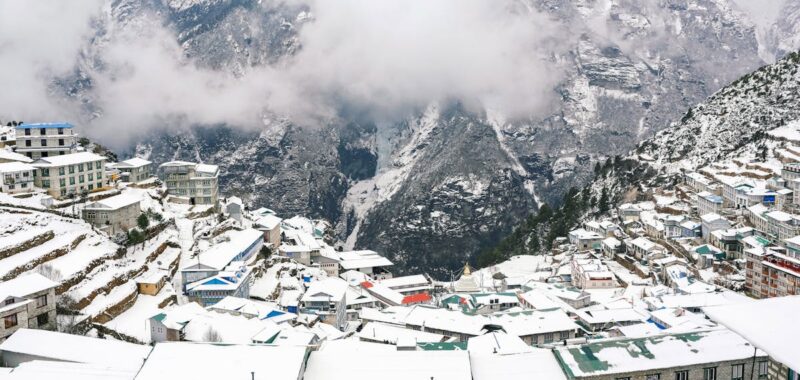
Indian hospitality chain Sarovar Hotels on Wednesday signed a new hotel in Nepal: Royal Tulip Kathmandu. Scheduled to open later this year, the 304-key property is set to be the largest hotel in the country by room inventory.
A title it expects to hold till 2028 when Annapurna Hotel is expected to reopen in a new 363-key avatar under a management contract with India’s ITC Hotels. At present, The Soaltee Kathmandu is the largest hotel in Nepal, consisting of 282 keys.
Royal Tulip Kathmandu will also serve as the biggest destination for meetings, incentives, conferences, and exhibitions (MICE) in Nepal with 22,000 square feet of event space, Sarovar said in a statement.
Nepal is a popular destination for religious tourism and India is its biggest source market. In 2023, the birthplace of Gautam Buddha, Lumbini, alone received close to 1 million tourists, including Nepal nationals, according to data from the Lumbini Development Trust. Among these, India was the biggest foreign source market at over 266,000 visitors, accounting for close to 27% of the total tourist flow.
Nepal’s Tourism Efforts
Nepal has been ramping up its tourism efforts. For fiscal 2025, the country’s culture, tourism, and civil aviation ministry received nearly 12 billion Nepali Rupees ($87.5 million) with the aim of welcoming 1.6 million tourists.
A special focus is on weddings. Nepal’s finance minister Barshaman Pun said that it plans to facilitate foreign tourists who visit Nepal for weddings. The aim is to promote cultural and tourist destinations within Nepal as wedding destinations.
Over the past weekend, British Ambassador to Nepal Rob Fenn and his wife Julia celebrated their 22nd wedding anniversary at the Janaki Temple as a destination wedding. Fenn said he was keen to promote the destination as a wedding venue.
This is in line with the efforts of Nepal’s government, which is working to make Janakpurdham a popular wedding destination. Nepal Tourism Board has also said it would look to market the country as a queer-friendly country to boost rainbow tourism.
Sarovar’s Nepal Story
Royal Tulip Kathmandu would be Sarovar’s second property in Nepal. The company entered Nepal in 2021 with Sarovar Portico Birgunj. “We have been in the Nepal market for a few years, with limited success. Now, we have this luxury hotel coming up and more openings are scheduled soon,” Ajay K. Bakaya, chairman of Sarovar Hotels, told Skift.
Royal Tulip Kathmandu’s presence in the national capital as the largest hotel is expected to lend Sarovar more visibility, Bakaya said. “Our broader strategy in Nepal is to have a vital footprint so all of our hotels can help each other cross-sell,” Bakaya said. Sarovar is setting up a sales office in Kathmandu. According to the managing director, the chain is also well-positioned to channel a lot of business from India into Nepal.
The reason behind choosing Nepal is the belief that Nepal’s boom is yet to come. “India has a boom at the moment. Nepal is going to see better days. It is seeing growth in infrastructure right now, and hopefully, we will get to reap the benefits of this.”
Nepal’s tourism is growing, though it is yet to recover to pre-pandemic levels. In the first eight months of 2024, over 720,000 tourists visited the country, up from 601,000 in 2023. India accounted for over 30% of the foreign tourist arrivals in the first half of the year, recovering to 100% of the pre-Covid figure.
Currently, Sarovar is present in Nepal and the African continent, operating a total of four properties across three countries: one in Nepal, one in Zambia, and two in Kenya.
“We look at destinations where we can add value. Our expansion in Africa continues, and we have more openings there next year.” In an interview with Skift last year, Bakaya said that Sarovar is set to open two more hotels in Africa, one each in Uganda and Somaliland, doubling its room inventory in the continent to 500. It also has additional hotels in the pipeline across Ethiopia and Zimbabwe.
He has now shared that the hotel chain is also looking at the Middle East region and the Indian subcontinent to propel its international expansion further, but it is not easy. “The biggest challenge is building trust in an overseas company that is coming from another part and culture of the world,” Bakaya said.
However, he is counting on India’s growth story to support this expansion. “Given India’s expansion, growth, and economic and financial muscle, we can bring business into our hotels into these countries with a large number of travelers going to all of these destinations year after year.”

